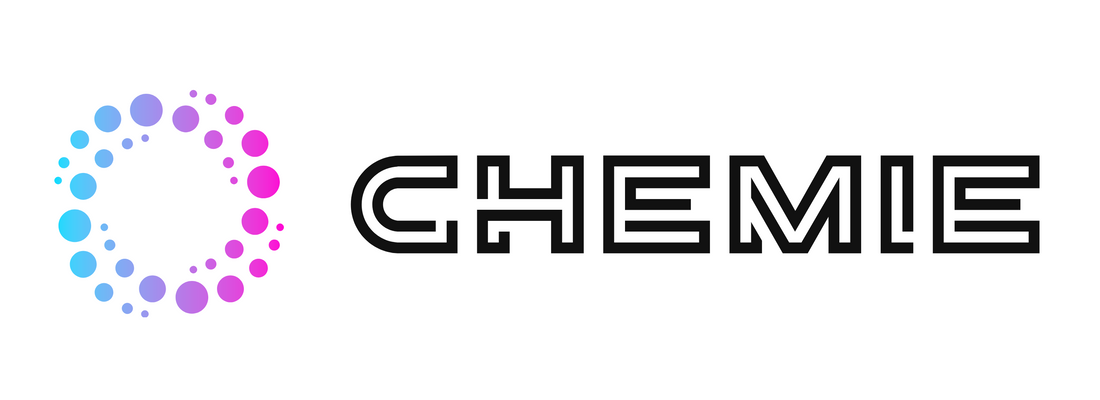How Chemie can Save You Time, Stress, and Money.
Wiki Article
Examine This Report on Chemie
Table of ContentsThe Buzz on ChemieThe 4-Minute Rule for ChemieThe Ultimate Guide To ChemieThe Only Guide to ChemieGetting My Chemie To WorkChemie Things To Know Before You Buy
By Bojanna Shantheyanda, Sreya Dutta, Kevin Coscia and David SchiemerDynalene, Inc. Liquid air conditioning, which can be attained utilizing indirect or direct means, is made use of in electronics applications having thermal power densities that might exceed secure dissipation with air cooling. Indirect fluid cooling is where warmth dissipating digital components are physically separated from the fluid coolant, whereas in case of straight cooling, the elements remain in direct call with the coolant.However, in indirect air conditioning applications the electric conductivity can be important if there are leaks and/or splilling of the fluids onto the electronics. In the indirect cooling applications where water based liquids with rust inhibitors are normally made use of, the electric conductivity of the liquid coolant mostly relies on the ion focus in the liquid stream.
The rise in the ion concentration in a closed loop liquid stream may happen as a result of ion seeping from metals and nonmetal components that the coolant liquid touches with. During operation, the electrical conductivity of the fluid may increase to a degree which can be dangerous for the air conditioning system.
The 4-Minute Rule for Chemie
(https://hub.docker.com/u/chemie999)They are bead like polymers that are capable of trading ions with ions in a remedy that it is in call with. In the here and now job, ion leaching examinations were performed with various steels and polymers in both ultrapure deionized (DI) water, i.e. water which is treated to the greatest levels of pureness, and reduced electrical conductive ethylene glycol/water mixture, with the gauged change in conductivity reported gradually.
The samples were allowed to equilibrate at room temperature level for two days before tape-recording the initial electric conductivity. In all tests reported in this study liquid electrical conductivity was gauged to a precision of 1% utilizing an Oakton disadvantage 510/CON 6 series meter which was calibrated prior to each dimension.
The 20-Second Trick For Chemie
from the wall surface heating coils to the center of the heating system. The PTFE example containers were put in the heater when stable state temperature levels were reached. The examination arrangement was eliminated from the heating system every 168 hours (7 days), cooled to room temperature with the electric conductivity of the liquid measured.The electric conductivity of the liquid example was monitored for a total of 5000 hours (208 days). Schematic of the indirect closed loop cooling experiment set-up. Components used in the indirect closed loop cooling experiment that are in contact with the liquid coolant.

Excitement About Chemie
The modification in fluid electrical conductivity was kept track of for 136 hours. The liquid from the system was collected and saved.
0.1 g of Dowex resin was included to 100g of liquid samples that was absorbed a different container. The blend was mixed and transform in the electrical conductivity at room temperature was determined every hour. The determined modification in the electric conductivity of the UP-H2O and EG-LC examination liquids consisting of polymer straight from the source or steel when engaged for 5,000 hours at 80C is revealed Figure 3.
The Best Strategy To Use For Chemie
Number 3. Ion seeping experiment: Calculated modification in electric conductivity of water and EG-LC coolants including either polymer or metal examples when submersed for 5,000 hours at 80C. The outcomes indicate that steels contributed fewer ions into the liquids than plastics in both UP-H2O and EG-LC based coolants. This might be as a result of a slim metal oxide layer which may serve as a barrier to ion leaching and cationic diffusion.Liquids having polypropylene and HDPE displayed the most affordable electrical conductivity modifications. This can be due to the brief, rigid, direct chains which are much less most likely to add ions than longer branched chains with weak intermolecular forces. Silicone also performed well in both examination fluids, as polysiloxanes are usually chemically inert because of the high bond energy of the silicon-oxygen bond which would stop degradation of the material right into the fluid.
A Biased View of Chemie
It would certainly be expected that PVC would produce comparable outcomes to those of PTFE and HDPE based upon the comparable chemical frameworks of the products, nevertheless there may be other pollutants existing in the PVC, such as plasticizers, that may impact the electrical conductivity of the fluid - inhibited antifreeze. In addition, chloride teams in PVC can additionally seep into the examination liquid and can trigger an increase in electrical conductivityBuna-N rubber and polyurethane revealed signs of degradation and thermal disintegration which recommends that their possible energy as a gasket or sticky material at greater temperatures could lead to application concerns. Polyurethane entirely degenerated into the examination fluid by the end of 5000 hour test. Number 4. Before and after photos of steel and polymer samples submersed for 5,000 hours at 80C in the ion seeping experiment.
Measured adjustment in the electrical conductivity of UP-H2O coolant as a function of time with and without material cartridge in the closed indirect air conditioning loophole experiment. The determined adjustment in electric conductivity of the UP-H2O for 136 hours with and without ion exchange resin in the loophole is shown in Number 5.
Report this wiki page